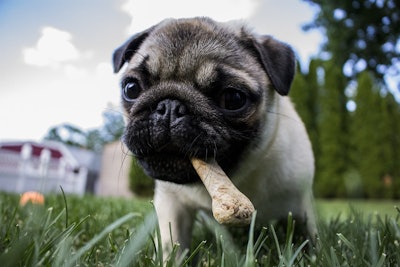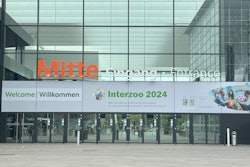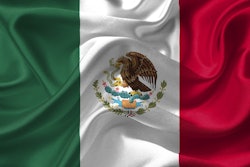
A new pet food safety standard in Mexico is bringing a host of changes aimed at modernizing and tightening the controls on products for animal consumption. The new standard came into effect on May 4 and replaces NOM-012-ZOO-1993.
On November 6, 2023, Mexico announced significant updates to its regulations governing animal feed and pet food with the introduction of NOM-012-SAG/ZOO-2020. The updated regulation introduces more stringent requirements in several key areas.
New definitions and terms
One of the primary changes in NOM-012-SAG/ZOO-2020 is the incorporation of clearer and more detailed definitions. Terms such as "balanced medicated feed," "biologicals with activated and inactivated agents," and "quality control and verification" are now explicitly defined.
This clarity helps eliminate ambiguities that previously existed, providing a more solid framework for both regulators and producers. For instance, "balanced medicated feed" refers to food products that combine nutrition and pharmaceuticals, ready for animal consumption, and require precise labeling and handling to ensure safety and efficacy.
Enhanced quality control and production standards
The new regulation mandates rigorous quality control measures for both raw materials and finished products. This includes mandatory stability testing for high-moisture pet food to ensure they maintain their quality throughout their shelf life. Each production batch must now be meticulously identified and tracked to maintain traceability from raw materials to final product. The updated standards also require detailed production protocols, which must include stages of production, equipment used, and specific quality control tests to be conducted.
Improved labeling and packaging requirements
NOM-012-SAG/ZOO-2020 introduces stricter labeling requirements to ensure transparency and consumer safety. All product labels must now be in Spanish and provide clear, concise information. Labels must include the product's net content, commercial name, regulatory number, ingredient formulas, dosages and warnings. Special provisions are made for medicated feeds, which must be explicitly labeled as such to prevent misuse. These labels are designed to be durable and remain legible under normal storage and handling conditions.
Stricter import regulations
For imported animal products, the regulation establishes more robust identification and quality control requirements. Products must be traceable from their origin, with comprehensive quality control documentation provided by the manufacturer. This includes certificates of analysis that comply with internationally recognized analytical methods. Such measures ensure that imported products meet the same stringent standards as domestically produced ones.
Verification and inspection procedures
The enforcement of NOM-012-SAG/ZOO-2020 is backed by detailed verification and inspection protocols. SENASICA, the National Service for Agro Alimentary Health, Safety and Quality, is tasked with ensuring compliance. Authorized inspection units will conduct regular audits and maintain detailed records of quality control tests and inspections. These measures ensure that all products on the market meet the regulatory requirements, safeguarding animal health.
In summary, NOM-012-SAG/ZOO-2020 marks a significant step forward in regulating animal food and pet food products in Mexico. By clarifying definitions, enhancing quality control, improving labeling, tightening import regulations, and strengthening verification procedures, this regulation aims to ensure higher safety and quality standards, aligning Mexico's practices with international benchmarks.

















